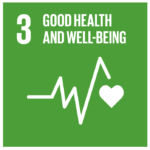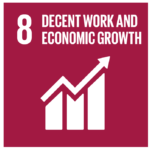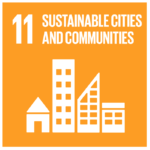
Indicator 6: Active Recreation
A review of delivery in the first three years of the plan (2018-21) has been carried out and you can read more in our main findings. This page looks at progress in year 1 of delivery (2018/19) only.

Table shows:
- Indicator of success – Proportion of people taking part in active recreation.
- Target – Increase from 2015/16 Visitor Survey baseline of 24% for active sport and 49% for low-level walking.
- 2018/19 figure – Not due to report
What does this tell us?
The National Park Visitor Survey runs every five years, fieldwork is currently underway and due to report in autumn 2020, so this indicator will report in 2021. The Visitor Survey is a year-long, National Park-wide survey to gather visitor profile and behaviour information, visitor feedback and trends from a sample of 2,400.
Whilst we await that report, information on some proxy measures can be considered. These aren’t comparable to the depth and rigour of the information we get from the Survey, but they do give a sense of the year’s activity. The following proxies are reported for 2018-19:
- Key paths and peaks – People counters are sited at fixed points across the National Park and track the number of people who cross an infrared beam. Counters at four key locations across the National Park recorded a total of c.144,000 people between April 2018 and March 2019, with a further c.110,000 recorded at Conic Hill alone over the 10 month period from June 2018. This is an increase in the numbers recorded in 2017-18 at every location where comparative data is available.
- Walk in the Park – This programme of guided health walks, coordinated by Loch Lomond & The Trossachs Countryside Trust, now runs in six communities across the National Park. In 2018-19 254 people participated, a 50% increase on the 169 people of the previous year.
Roll over the icons on the map to find out more.
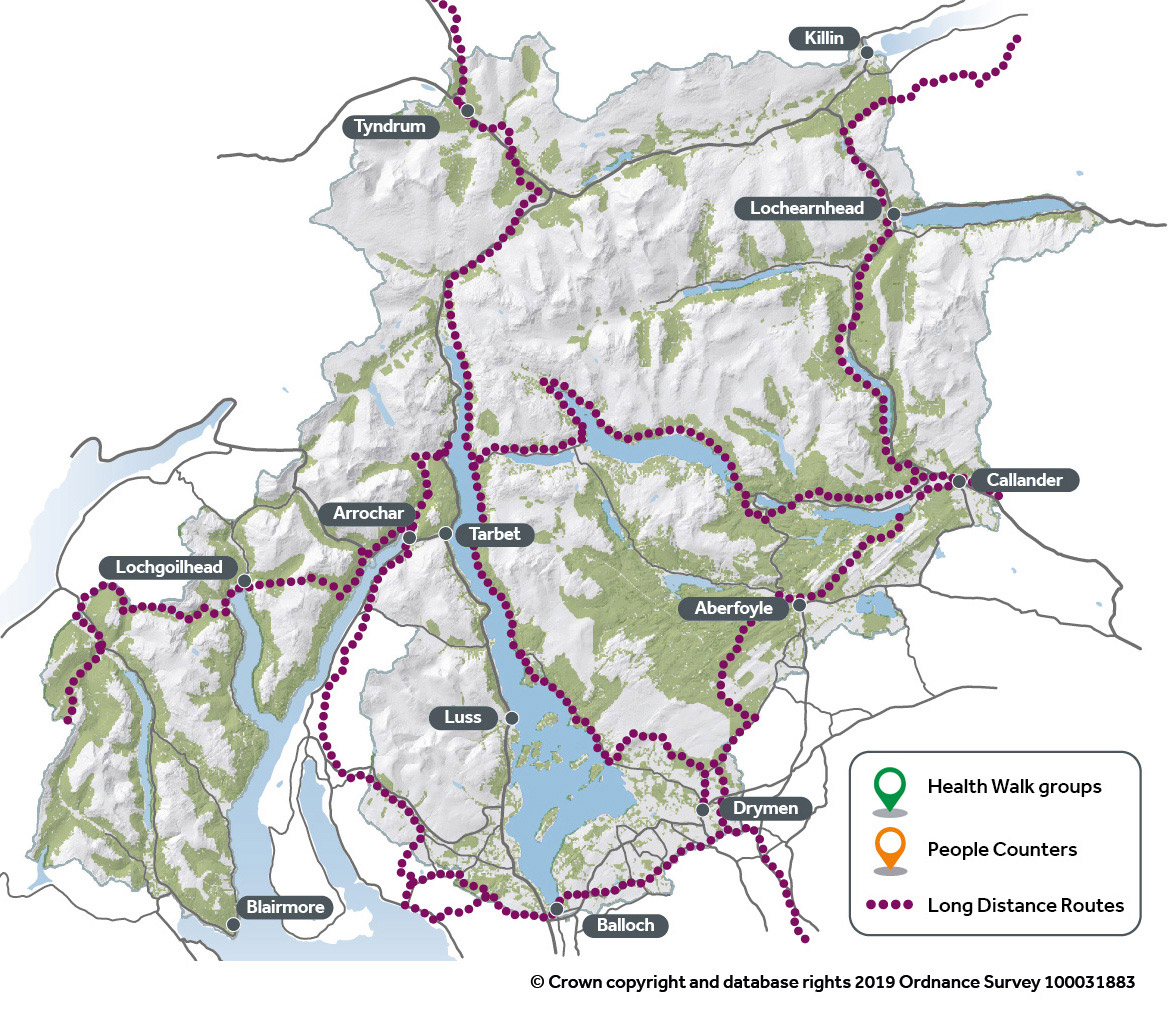






















It is interesting to note that the increase in use of path networks and health walks may be part of a national upward trend in outdoor recreation. The recent baseline report against the National Outcomes references the growing evidence to show that spending time outdoors increases mental wellbeing and health and it reports that between 2004 and 2017 time spent on outdoor recreation (excluding travel time) increased by 94%. The Scottish Household Survey 2017 similarly reports that the frequency of participation in physical activity and sport among participants has increased since 2007. It is important to note, however, that it also reports that that this increase in frequency of participation appears to be due to individuals who are already active becoming more active. This emphasises the critical role of health walks, such as those in the National Park, which are aimed at supporting people that might otherwise remain inactive.
Case study – Walk in the Park
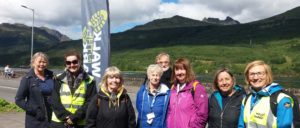
‘Walk in the Park’ participants at Arrochar & Tarbet
Walk Leaders give me the confidence to extend the length of my walks and take me on routes I would not normally do on my own.
The Walk in the Park programme of health walks run by the Loch Lomond & The Trossachs Countryside Trust utilise the beautiful and nurturing surroundings of the National Park to offer residents the opportunity to explore, become physically active, and improve their health and sense of well-being.
Contribution to National Outcomes
Progress on this indicator contributes to the following National Outcomes:


Contribution to Sustainable Development Goals
Progress on this indicator contributes to the following Sustainable Development Goals:


